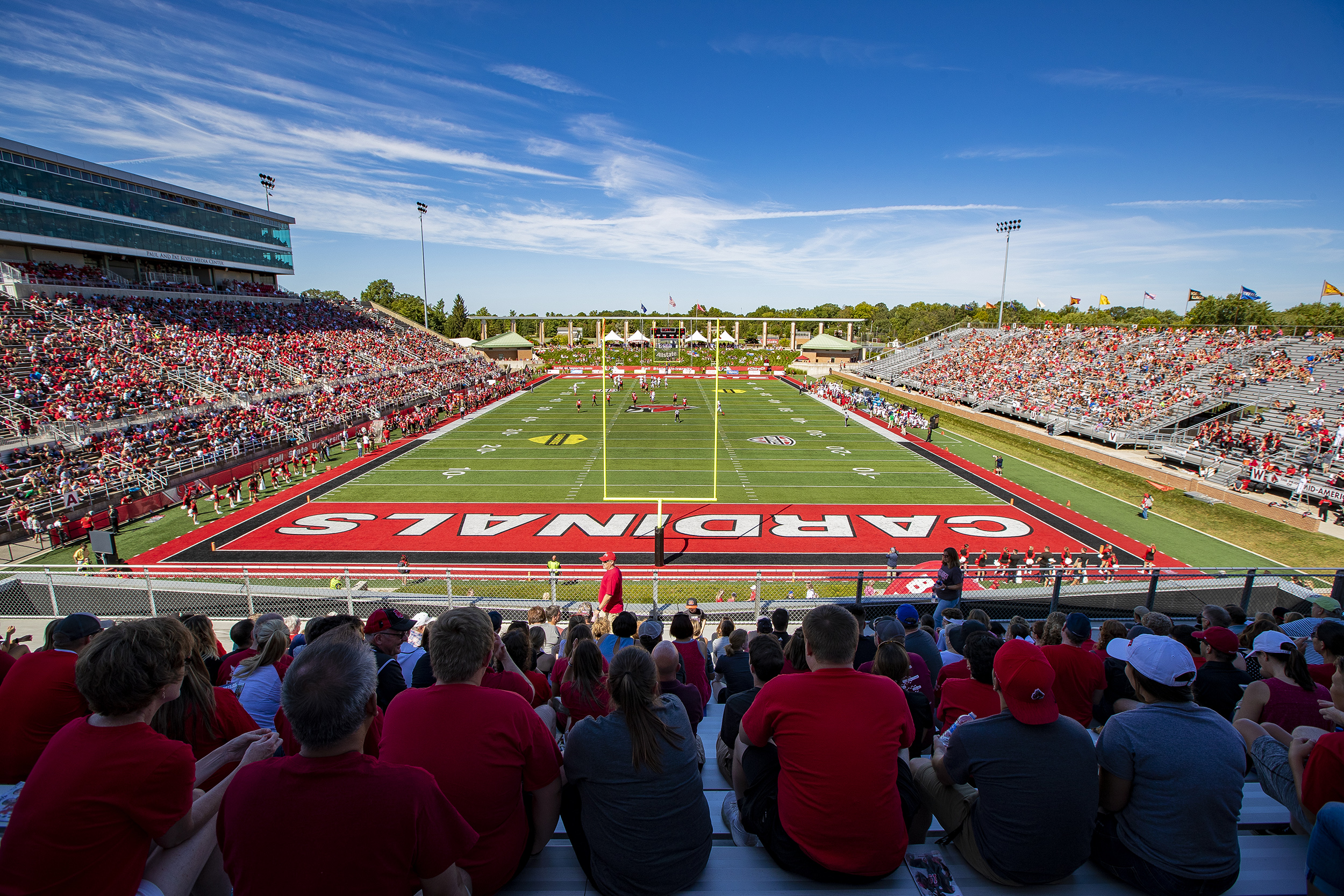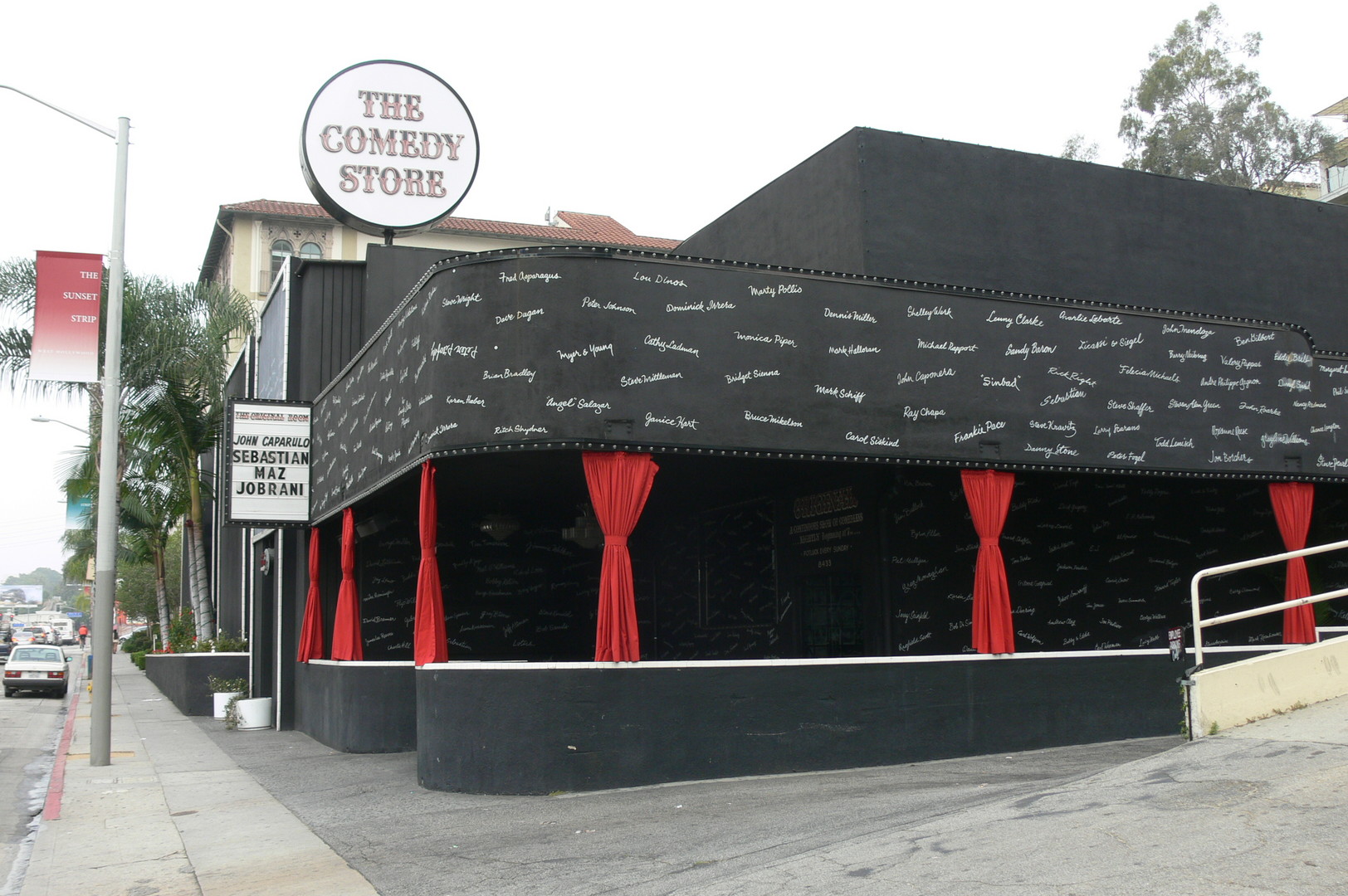|
Indiana Public Radio
WBST (92.1 FM) is a National Public Radio-affiliated station in Muncie, Indiana. Studios and offices are located at Ball State University. WBST serves as the flagship station for Indiana Public Radio, which can be heard on three other stations in East-Central Indiana. Programming mainly consists of news and talk programs provided by National Public Radio as well as classical music. David Letterman began his broadcasting career at this station. Beginning as a "disc jockey, Letterman was frequently late for work and sneaked forbidden cigarettes into the studio, thus getting on the wrong side of Tom Watson." He was later fired for treating classical music with irreverence. Brief History In 1950, Ball State University first introduced radio to campus and city of Muncie. Beginning as a minor project of Robert Robins and situated in the basement at North Hall, WBST quickly grew and expanded. Occurring as a result of an expansive building program, WBST relocated to the Center fo ... [...More Info...] [...Related Items...] OR: [Wikipedia] [Google] [Baidu] |
Muncie, Indiana
Muncie ( ) is an incorporated city and the seat of Delaware County, Indiana. Previously known as Buckongahelas Town, named after the legendary Delaware Chief.http://www.delawarecountyhistory.org/history/docs/lenape-villages.pdf It is located in East Central Indiana, about northeast of Indianapolis. The United States Census for 2020 reported the city's population was 65,194. It is the principal city of the Muncie metropolitan statistical area, which has a population of 117,671. The Lenape (Delaware) people, led by Buckongahelas arrived in the area in the 1790s, founding several villages, including one known as Munsee Town, along the White River. The trading post, renamed Muncietown, was selected as the Delaware County seat and platted in 1827. Its name was officially shortened to Muncie in 1845 and incorporated as a city in 1865. Muncie developed as a manufacturing and industrial center, especially after the Indiana gas boom of the 1880s. It is home to Ball State University ... [...More Info...] [...Related Items...] OR: [Wikipedia] [Google] [Baidu] |
Megahertz
The hertz (symbol: Hz) is the unit of frequency in the International System of Units (SI), equivalent to one event (or cycle) per second. The hertz is an SI derived unit whose expression in terms of SI base units is s−1, meaning that one hertz is the reciprocal of one second. It is named after Heinrich Rudolf Hertz (1857–1894), the first person to provide conclusive proof of the existence of electromagnetic waves. Hertz are commonly expressed in multiples: kilohertz (kHz), megahertz (MHz), gigahertz (GHz), terahertz (THz). Some of the unit's most common uses are in the description of periodic waveforms and musical tones, particularly those used in radio- and audio-related applications. It is also used to describe the clock speeds at which computers and other electronics are driven. The units are sometimes also used as a representation of the energy of a photon, via the Planck relation ''E'' = ''hν'', where ''E'' is the photon's energy, ''ν'' is its frequ ... [...More Info...] [...Related Items...] OR: [Wikipedia] [Google] [Baidu] |
Public Radio
Public broadcasting involves radio, television and other electronic media outlets whose primary mission is public service. Public broadcasters receive funding from diverse sources including license fees, individual contributions, public financing and commercial financing. Public broadcasting may be nationally or locally operated, depending on the country and the station. In some countries a single organization runs public broadcasting. Other countries have multiple public-broadcasting organizations operating regionally or in different languages. Historically, public broadcasting was once the dominant or only form of broadcasting in many countries (with the notable exceptions of the United States, Mexico and Brazil). Commercial broadcasting now also exists in most of these countries; the number of countries with only public broadcasting declined substantially during the latter part of the 20th century. Definition The primary mission of public broadcasting is that of public service ... [...More Info...] [...Related Items...] OR: [Wikipedia] [Google] [Baidu] |
Watt
The watt (symbol: W) is the unit of power or radiant flux in the International System of Units (SI), equal to 1 joule per second or 1 kg⋅m2⋅s−3. It is used to quantify the rate of energy transfer. The watt is named after James Watt (1736–1819), an 18th-century Scottish inventor, mechanical engineer, and chemist who improved the Newcomen engine with his own steam engine in 1776. Watt's invention was fundamental for the Industrial Revolution. Overview When an object's velocity is held constant at one metre per second against a constant opposing force of one newton, the rate at which work is done is one watt. : \mathrm In terms of electromagnetism, one watt is the rate at which electrical work is performed when a current of one ampere (A) flows across an electrical potential difference of one volt (V), meaning the watt is equivalent to the volt-ampere (the latter unit, however, is used for a different quantity from the real power of an electrical cir ... [...More Info...] [...Related Items...] OR: [Wikipedia] [Google] [Baidu] |
Federal Communications Commission
The Federal Communications Commission (FCC) is an independent agency of the United States federal government that regulates communications by radio, television, wire, satellite, and cable across the United States. The FCC maintains jurisdiction over the areas of broadband access, fair competition, radio frequency use, media responsibility, public safety, and homeland security. The FCC was formed by the Communications Act of 1934 to replace the radio regulation functions of the Federal Radio Commission. The FCC took over wire communication regulation from the Interstate Commerce Commission. The FCC's mandated jurisdiction covers the 50 states, the District of Columbia, and the territories of the United States. The FCC also provides varied degrees of cooperation, oversight, and leadership for similar communications bodies in other countries of North America. The FCC is funded entirely by regulatory fees. It has an estimated fiscal-2022 budget of US $388 million. It has ... [...More Info...] [...Related Items...] OR: [Wikipedia] [Google] [Baidu] |
National Public Radio
National Public Radio (NPR, stylized in all lowercase) is an American privately and state funded nonprofit media organization headquartered in Washington, D.C., with its NPR West headquarters in Culver City, California. It differs from other non-profit membership media organizations such as the Associated Press, in that it was established by an act of Congress. Most of its member stations are owned by non-profit organizations, including public school districts, colleges, and universities. It serves as a national syndicator to a network of over 1,000 public radio stations in the United States. , NPR employed 840 people. NPR produces and distributes news and cultural programming. The organization's flagship shows are two drive-time news broadcasts: ''Morning Edition'' and the afternoon ''All Things Considered'', both carried by most NPR member stations, and among the most popular radio programs in the country. , the drive-time programs attract an audience of 14.9 million and ... [...More Info...] [...Related Items...] OR: [Wikipedia] [Google] [Baidu] |
Ball State University
Ball State University (Ball State, State or BSU) is a public university, public research university in Muncie, Indiana. It has two satellite facilities in Fishers, Indiana, Fishers and Indianapolis. On July 25, 1917, the Ball brothers, industrialists and founders of the Ball Corporation, acquired the foreclosed Indiana Normal Institute for $35,100 and gave the school and surrounding land to the State of Indiana. The Indiana General Assembly accepted the donation in the spring of 1918, with an initial 235 students enrolling at the Indiana State Normal School – Eastern Division on June 17, 1918. Ball State is Carnegie Classification of Institutions of Higher Education, classified among "R2: Doctoral Universities – High research activity". The university is composed of seven academic colleges. , total enrollment was 21,597 students, including 15,205 undergraduates and 5,817 postgraduates. The university offers about 120 undergraduate majors and 130 minor areas of study and mo ... [...More Info...] [...Related Items...] OR: [Wikipedia] [Google] [Baidu] |
Classical Music
Classical music generally refers to the art music of the Western world, considered to be distinct from Western folk music or popular music traditions. It is sometimes distinguished as Western classical music, as the term "classical music" also applies to non-Western art music. Classical music is often characterized by formality and complexity in its musical form and harmonic organization, particularly with the use of polyphony. Since at least the ninth century it has been primarily a written tradition, spawning a sophisticated notational system, as well as accompanying literature in analytical, critical, historiographical, musicological and philosophical practices. A foundational component of Western Culture, classical music is frequently seen from the perspective of individual or groups of composers, whose compositions, personalities and beliefs have fundamentally shaped its history. Rooted in the patronage of churches and royal courts in Western Europe, survivi ... [...More Info...] [...Related Items...] OR: [Wikipedia] [Google] [Baidu] |
David Letterman
David Michael Letterman (born April 12, 1947) is an American television host, comedian, writer and producer. He hosted late night television talk shows for 33 years, beginning with the February 1, 1982 debut of ''Late Night with David Letterman'' on NBC and ending with the May 20, 2015 broadcast of '' Late Show with David Letterman'' on CBS. In total, Letterman hosted 6,080 episodes of ''Late Night'' and ''Late Show'', surpassing his friend and mentor Johnny Carson as the longest-serving late night talk show host in American television history. In 1996, Letterman was ranked 45th on '' TV Guide''s 50 Greatest TV Stars of All Time.Miller, Gregory E.; Schneider, Michael (December 31, 2015). "2015 by the Numbers", '' TV Guide''. p. 10. In 2002, ''The Late Show with David Letterman'' was ranked seventh on TV Guide's 50 Greatest TV Shows of All Time. He is also a television and film producer. His company, Worldwide Pants, produced his shows as well as '' The Late Late Show'' and sev ... [...More Info...] [...Related Items...] OR: [Wikipedia] [Google] [Baidu] |
World War II
World War II or the Second World War, often abbreviated as WWII or WW2, was a world war that lasted from 1939 to 1945. It involved the vast majority of the world's countries—including all of the great powers—forming two opposing military alliances: the Allies and the Axis powers. World War II was a total war that directly involved more than 100 million personnel from more than 30 countries. The major participants in the war threw their entire economic, industrial, and scientific capabilities behind the war effort, blurring the distinction between civilian and military resources. Aircraft played a major role in the conflict, enabling the strategic bombing of population centres and deploying the only two nuclear weapons ever used in war. World War II was by far the deadliest conflict in human history; it resulted in 70 to 85 million fatalities, mostly among civilians. Tens of millions died due to genocides (including the Holocaust), starvation, massa ... [...More Info...] [...Related Items...] OR: [Wikipedia] [Google] [Baidu] |
Public Broadcasting
Public broadcasting involves radio, television and other electronic media outlets whose primary mission is public service. Public broadcasters receive funding from diverse sources including license fees, individual contributions, public financing and commercial financing. Public broadcasting may be nationally or locally operated, depending on the country and the station. In some countries a single organization runs public broadcasting. Other countries have multiple public-broadcasting organizations operating regionally or in different languages. Historically, public broadcasting was once the dominant or only form of broadcasting in many countries (with the notable exceptions of the United States, Mexico and Brazil). Commercial broadcasting now also exists in most of these countries; the number of countries with only public broadcasting declined substantially during the latter part of the 20th century. Definition The primary mission of public broadcasting is that of public servic ... [...More Info...] [...Related Items...] OR: [Wikipedia] [Google] [Baidu] |
.jpg)








